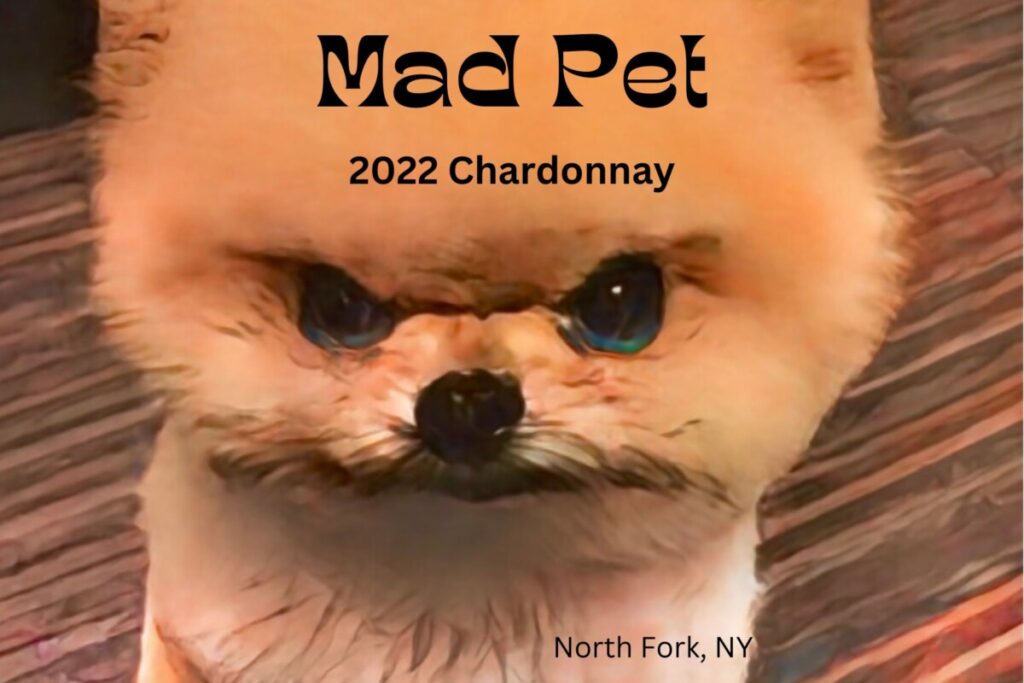For our dish; Broiled Salmon with Béarnaise Sauce, Sautéed Zucchini and Pommes Natures, I have chosen a lush, creamy California Chardonnay, an ultra-dry Finger Lakes Riesling, and an acidic fruity Marlborough Sauvignon Blanc. But the one I narrowed it down to is, of course, the Chardonnay. I want a Chardonnay from the Spring Mountain District. Their soil consists of volcanic material and sedimentary rock, allowing for quick drainage. The AVA gets a lot of rain in the winter months but almost none in the summer months, and the daytime temperatures get very warm, but as warm as the surrounding AVAs, and then cool down considerably in the evenings, allowing for a good retention of acid.
California’s Chardonnays are known for their richness and fullness. This comes from the aging process when the wine is placed in oak, allowing the chardonnay to take on some of the oak’s vanilla and spices. Also, incorporating batonnage, the stirring of the lees, to increase contact between the wine and the lees allows the wine to build the yeasty, brioche flavor and to build up more body. This also gives the wine a better mouthfeel.
Depending on the aging, the color of the wine will be from yellow to gold. On the nose, it will be moderate scents of mango, lemon, peach, vanilla, and buttered brioche with the oak aging really coming through. On the palate, it will by dry, but not bone dry, creamy and full-bodied. The flavors are complemented by the aromas, apple, lemon peach, vanilla, butter, cinnamon and nutmeg. The acidity level remains around medium with medium plus alcohol. The finish will be long and the wine with be medium plus in complexity. All of flavor should pair well with the creamy béarnaise sauce and the fatty broiled salmon.




